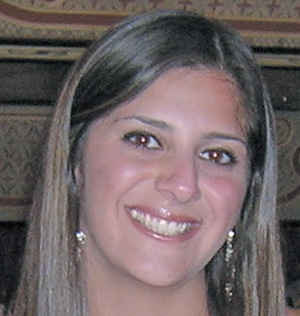
Whippany—Never forget. How many times has that phrase been uttered since the end of World War II? It has been burned into the brains of Jews everywhere. It is important, vital, that Jews never forget the horrors of the Holocaust.
From the ashes of this bitter time have arisen memorials, monuments, and museums all for the purpose of ensuring that people will always remember what happened when the wrong person was allowed to rise to power. The Jewish Federation’s Holocaust Council of Greater Metrowest exists for the sole purpose of making sure this lesson is taught to and, more importantly, learned by people everywhere, particularly future generations.
The 11th annual exhibition from the Council, “From Memory to History,” a 50-panel exhibit which opens in MetroWest on January 26, is intended to teach just such lessons. It runs for three months each year, and captures stories of local survivors through photographic annotated montages. Included are photographs, documents, and artifacts donated by Holocaust survivors, POWs, and concentration camp liberators. Additionally, there is a film that runs continually in a loop, telling a story of survivors and liberators from the liberation of Buchenwald. Through these items, the exhibit attempts to tell the story of what happened to these people before, during, and after the Holocaust.
Barbara Wind, Director of the Council since 2000, believes it is necessary to educate people, not just about what happened, but about how it happened, to ensure that it will never be repeated. Trained docents give tours of the exhibit, and student groups also benefit from hearing survivors speak. They are fortunate to attend student-survivor lunch-and-learns, where the survivors tell their personal stories to rooms of approximately 150 students. Wind believes this contact is an important part of the students’ experience because it gives them a personal connection to what otherwise may have simply been a sad story.
In addition to the regular exhibit, each year Wind adds something to distinguish one year’s run from the last. This year, to commemorate the 100 years since the Armenian genocide, eight additional posters will be displayed. Wind feels strongly that these additions enhance the exhibit each year, making it a more powerful experience for viewers.
“I am passionate about what I do,” Wind says, believing it to be her mission to share these stories with the community and the world. She wants people to understand that the Holocaust survivors were not Tevye who fiddled on the roof, nor were they all poor refugees. They were people just like the visitors to the exhibit, some poor and some well-to-do, some observant and some secular. There was no one stereotype that fit them all.
“It is so rewarding to see the effect of the exhibit on students,” says Wind. However, she knows there is more to be done. In this, the 20th year of the state mandate to teach Holocaust studies in New Jersey schools, she believes the time is right to reach out to even more schools. Teaching about this topic makes students more aware and respectful. Wind believes that students must be taught now, before they become registered voters. They must understand who their idols are versus, perhaps, who they should be. She feels strongly that Holocaust education fosters civic awareness and responsibility, and that is one of her goals. Students need to be taught what can happen when the wrong people are put in positions of power. They need to understand their role in shaping the future.
The guest speaker at the opening of the dual exhibitions will be Karine Birazian Shnorhokian, who serves on the board of the Armenian National Committee of America. She will introduce and discuss the film, The Armenian Genocide. The opening will take place on Tuesday, January 26 at 7 pm at the Alex Aidekman Family Campus, 901 Rt 10, Whippany.
By Jill Kirsch












